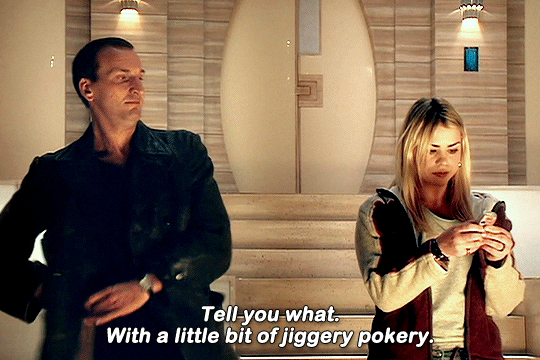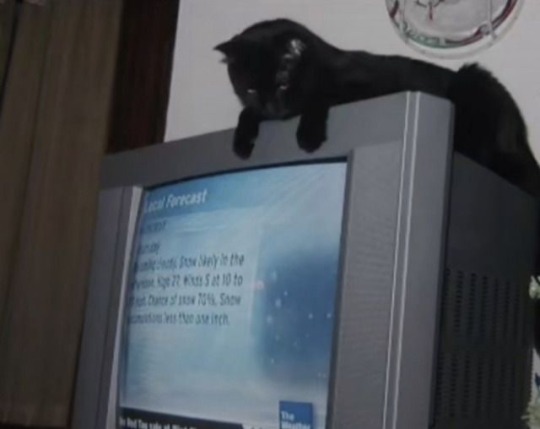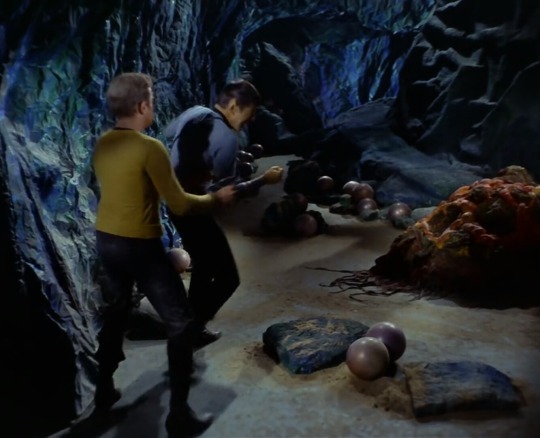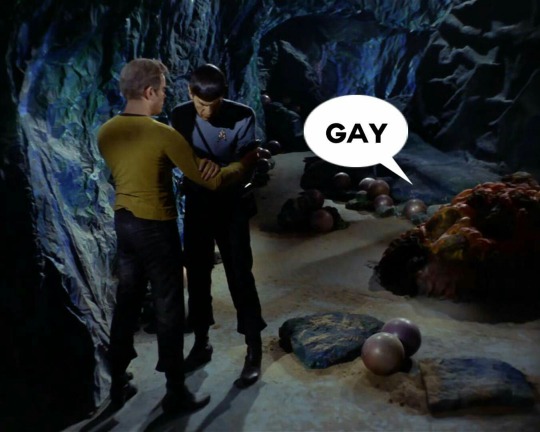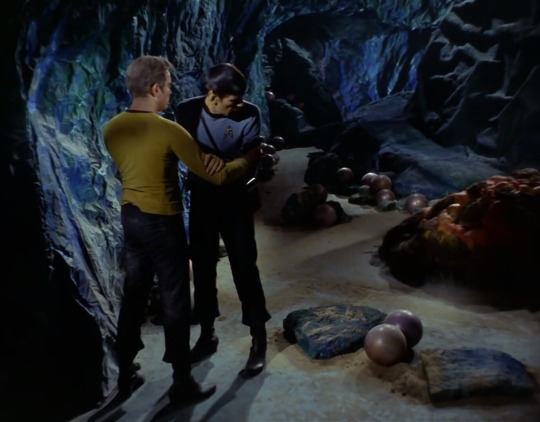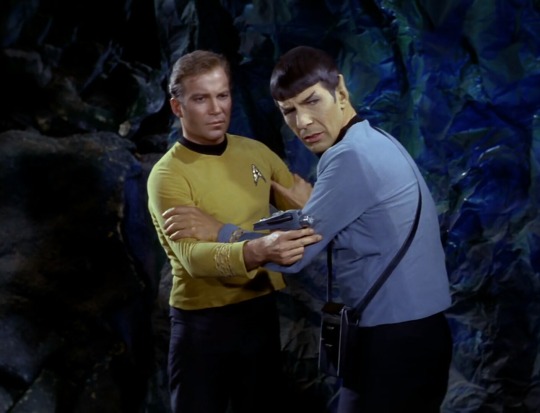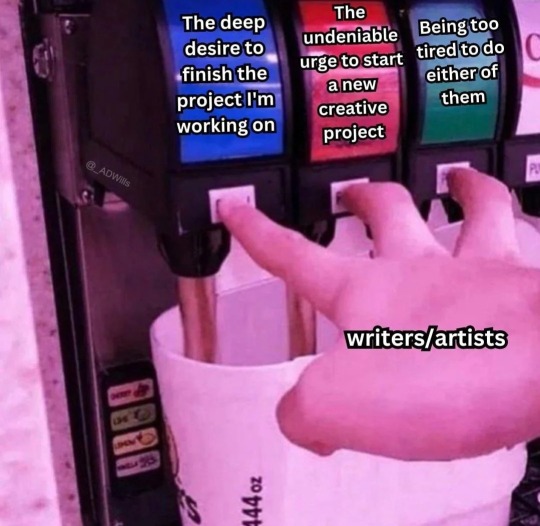Photo

*Banging pots and pans* Do! Not! Censor! Severus! Snape!
2K notes
·
View notes
Photo
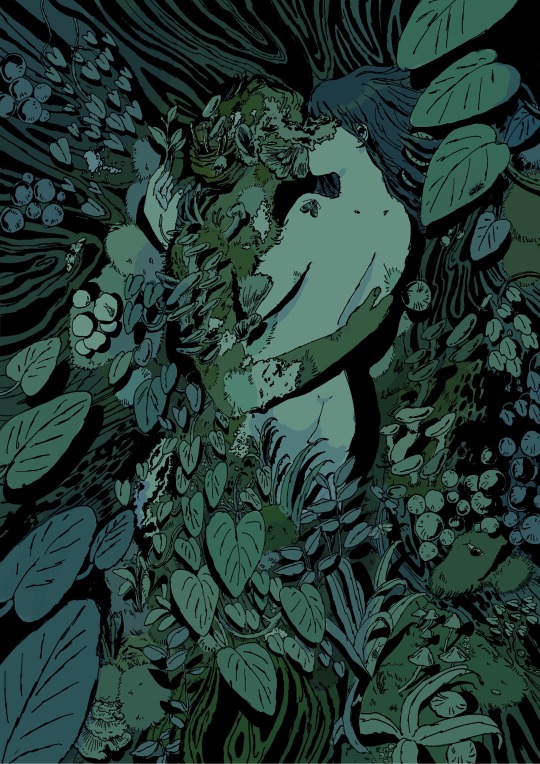
I thought the earth
remembered me, she
took me back so tenderly, arranging
her dark skirts, her pockets
full of lichens and seeds. I slept
as never before, a stone
on the riverbed, nothing
between me and the white fire of the stars
but my thoughts, and they floated
light as moths among the branches
of the perfect trees. All night
I heard the small kingdoms breathing
around me, the insects, and the birds
who do their work in the darkness. All night
I rose and fell, as if in water, grappling
with a luminous doom. By morning
I had vanished at least a dozen times
into something better.
(mary oliver, sleeping in the forest)
35K notes
·
View notes
Text

Shop , Patreon , Books and Cards , Mailing List
5K notes
·
View notes
Text
do you really have "writer's block" or are you just physically incapable of opening your document because you have adhd and the mere thought of writing fills you with existential dread although you actually like to write so you tell yourself you'll just write tomorrow but with every day that passes you just feel more guilty because by now too much time has passed and you might actually not be capable of writing anymore and-
125 notes
·
View notes
Text
10 outline techniques for writers
With this post I listed 10 outline techniques to help writes move their story from a basic idea to a complete set of arcs, plots, sequences and/or scenes. Or to simply expand whatever you have in hands right now.
If you have a vague story idea or a detailed one, this post is for you to both discover and organize. A few technique will work perfectly. A few won’t. Your mission is to find the one that works best for you. That said, I advice you to try out as many techniques as possible.
So, are you ready? Open your notebook, or your digital document, and let’s start.
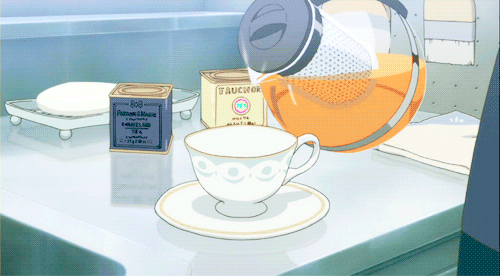
1. Snowflake method: Start with a one-sentence description of the novel. Then, develop this simple phrase into a paragraph. Your next step is to write a one-page summary based on the paragraph, you can write about characters, motivations, goals, plots, options, whatever you feel like. From this point on, you can either start your book or expand the one-page summary into four pages. And, at last, four pages into a brief description of known sequences of scenes. Your goal is to make the story more and more complex as you add information, much like a forming snowflake.

2. Chapter by chapter: List ten to twenty chapters, give each chapter a tittle and a brief description of what should happen. Then, break each chapter into three to five basic sequences of scenes. Give each sequence a title, a brief description and a short list of possibilities (possibilities of dialogues, scenarios, outcomes, moods, feelings… just play around with possibilities). From this point on, you can either create the scenes of sequences with a one-sentence description for each or jump straight to writing. Your goal is to shift from the big picture to a detail-oriented point of view.
3. Script: This might sound crazy, but, with this technique, you will write the screenplay of your story as if it’s a movie. No strings attached to creative writing, just plain actions and dialogues with basic information. Writing a script will take time, maybe months, but it will also enlighten your project like no other technique. Your goal is to create a cinematic view of your story. How to write a script here.
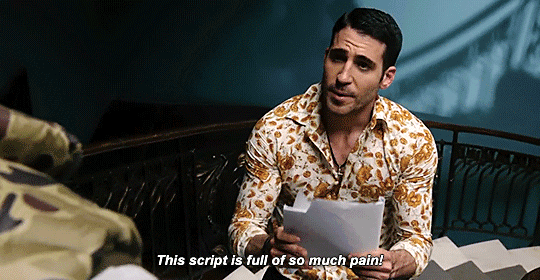
4. Free writing: No rules, no format, no step, just grab a pen or prepare your fingers to write down whatever idea that comes up. Think of possibilities, characters, places, quests, journeys, evolutions, symbolisms, fears, good moments, bad moments, clothing, appearances. Complete five to ten pages. Or even more. The more you write, the more you will unravel. You can even doodle, or paste images. Your mission is to explore freely.
5. Tag: This technique is ideal if you have just a vague idea of the story. Start by listing ten to fifteen tags related to the story. Under each tag, create possible plots. And, under each plot, create possible scenes. Grab a red felt pen and circle plots and scenes that sparkle your interest.

6. Eight-point arc: With this technique you will divide your story into eight stages. They are Stasis, Trigger, Quest, Surprise, Critical Choice, Climax, Reversal and Resolution. The Stasis is the every-day-life of your main character. Trigger is an event that will change the every-day-life of your character (for better or for worse). Quest is a period of your main characters trying to find a new balance, a new every-day-life (because we all love a good routine). Surprise will take your character away from their new found every-day-life. Critical Choice is a point of no return, a dilemma, your character will have to make the hardest decision out of two outcomes, both equally important. Climax is the critical choice put to practice. Reversal is the consequence of the climax, or how the characters evolved. Resolution is the return to a new (or old) every-day-life, a (maybe everlasting) balance.
7. Reverse: Write down a description of how your story ends, what happens to your characters and to those around them. Make it as detailed as possible. Then, move up to the climax, write a short scenario for the highest point of your story. From there, build all the way back to the beginning.
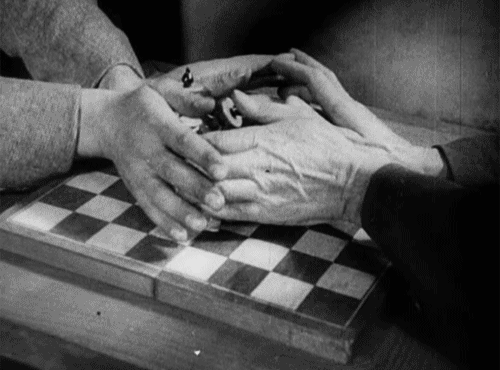
8. Zigzag: Draw a zigzag with as many up and downs as you want. Every up represents your main character moving closer to their goal. Every down represents your main character moving further from their goal. Fill in your zigzag with sequences that will take your character closer and farther from the goal.
9. Listing: The focus of this technique is exploring new ideas when your story feels empty, short or stagnated. You’ll, basically make lists. Make a long list of plot ideas. Make another list of places and settings. Make a list of elements. And a list of possible characters. Maybe a list of book titles. Or a list of interesting scenes. A list of bad things that could happen inside this universe. A list of good things. A list of symbolism. A list of visual inspiration. A list of absurd ideas you’ll probably never use. Then, gather all this material and circle the good items. Try to organize them into a timeline.

10. Character-driven: Create a character. Don’t worry about anything else. Just think of a character, their appearance and style. Give them a name. Give them a basic personality. Give them a backstory. Develop their personality based on the backstory. Now, give this character a story that mirrors their backstory (maybe a way to overcome the past, or to grow, or to revenge, or to restore). Based on your character’s personality, come up with a few scenes to drive their story from beginning to end. Now, do the same thing for the antagonist and secondary characters.
So, when is it time to stop outlining and start writing?
This is your call. Some writers need as many details as they can get, some need just an basic plot to use as a North. Just remember, an outline is not a strict format, you can and you will improvise along the way. The most important is being comfortable with your story, exploring new ideas, expanding old concepts and, maybe, changing your mind many times. There’s no right or wrong, just follow your intuition.
54K notes
·
View notes
Text
Me, looking at the most depressed , brooding, and deadpan man …
“ I love him your honor”
831 notes
·
View notes
Text
”oh so how did you get into writing?-“ no, writing got into me. Actually it infiltrated my brain, starting with the slow takeover of my room with books to the extremely fast claiming of my notes app and now there’s no way to stop it and no way for me to stop.
6K notes
·
View notes
Text
The symbolism of flowers
Flowers have a long history of symbolism that you can incorporate into your writing to give subtext.
Symbolism varies between cultures and customs, and these particular examples come from Victorian Era Britain. You'll find examples of this symbolism in many well-known novels of the era!
Amaryllis: Pride
Black-eyed Susan: Justice
Bluebell: Humility
Calla Lily: Beauty
Pink Camellia: Longing
Carnations: Female love
Yellow Carnation: Rejection
Clematis: Mental beauty
Columbine: Foolishness
Cyclamen: Resignation
Daffodil: Unrivalled love
Daisy: Innocence, loyalty
Forget-me-not: True love
Gardenia: Secret love
Geranium: Folly, stupidity
Gladiolus: Integrity, strength
Hibiscus: Delicate beauty
Honeysuckle: Bonds of love
Blue Hyacinth: Constancy
Hydrangea: Frigid, heartless
Iris: Faith, trust, wisdom
White Jasmine: Amiability
Lavender: Distrust
Lilac: Joy of youth
White Lily: Purity
Orange Lily: Hatred
Tiger Lily: Wealth, pride
Lily-of-the-valley: Sweetness, humility
Lotus: Enlightenment, rebirth
Magnolia: Nobility
Marigold: Grief, jealousy
Morning Glory: Affection
Nasturtium: Patriotism, conquest
Pansy: Thoughtfulness
Peony: Bashfulness, shame
Poppy: Consolation
Red Rose: Love
Yellow Rose: Jealously, infidelity
Snapdragon: Deception, grace
Sunflower: Adoration
Sweet Willian: Gallantry
Red Tulip: Passion
Violet: Watchfulness, modesty
Yarrow: Everlasting love
Zinnia: Absent, affection
47K notes
·
View notes
Photo





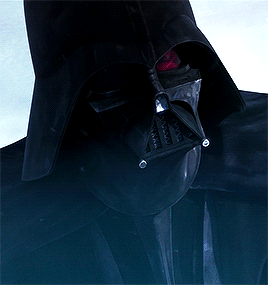
First and last appearance of the main trio in THE CLONE WARS (2008-2020)
2K notes
·
View notes
Text
reblog if you’ve read fanfictions that are more professional, better written than some actual novels. I’m trying to see something
104K notes
·
View notes
Text
god. hades saying, "ask me for sanctuary" after percy talks about kronos hits like a truck when you remember that he tried to do the same for maria, bianca, and nico.
26K notes
·
View notes
Note
Hello, just came in to ask if you have any tips or things to keep in mind when writing LOTR or The Hobbit characters? I'm fairly new to the fandom, and I get distracted during movies easily so I miss things a lot 😅 hope you've had a good day so far!
Hi there Anon! I'm so sorry I didn't get to you sooner, I've been online quite sporadically (and inconsistently) since my last fic was posted.
I think the best advice I can offer is to try to picture the characters saying or doing the things you're writing them saying and doing. Sometimes I'll write a pretty generic set of dialogue in a rough draft and can't figure out what's wrong with it, and it usually ends up being out of character. In some cases, it might definitely be something they would believe or say, but just not written in their voice (simply not worded the way they would say it).
Thus comes reworking the verbiage, adding the time-period or societal effect of the speech (for instance, Frodo Baggins will not talk the same way Harry Potter will due to their being from different realms AND different time periods; medieval-esque characters won't speak like modern characters; and in the same vein, elves (i.e. Thranduil, Legolas, Elrond, and so on) will tend to have a more eloquent and graceful speech with bigger, fancier words than men/dwarves/hobbits (Aragorn, Eowyn, Samwise, etc.) who will speak with simpler words and language as they do in the films). Now, in the books, the old english language is always very intelligent and intricate, as was TOlkien's style, but the films are easier to replicate.
Sometimes I just look up specific scenes online to get a refreshment on their tone/speech/quirks so I don't have to wait and comb through the films entirely.
The best advice I can give you is to not be hard on yourself by trying to capture everyone perfectly. Even the most straight-forward and rigid character can do something unexpected! As a simple (and silly) example, Aragorn might like the taste of cotton candy and have a sweet tooth that rivals the hobbits, despite seeming like the stew-and-mead kind of fellow. Frodo might be terrible at cooking, despite being a hobbit, because perhaps his best friend Samwise always cooks for him anyway. Gimli might love cats despite them having a similar disposition as elves (they're furry and they purr! even Gimli can't resist).
Those little details are so inconsequential (although adorable) that it can fit all their known traits while also not being expressed by Tolkien himself. As long as you're adding something that doesn't directly go against the basics of that character and their foundational motives, beliefs, and morals, you will write and express them very well.
I hope this helped and made sense! A lot of my characterization comes from having watched the films quite obsessively since I was twelve and it just kind of happens naturally the more you work (and obsess) with the characters. They tend to tell you what to say or write after a while.
I fully believe in you and your skill, and hope for the best!
Xx Lillian <3
3 notes
·
View notes










